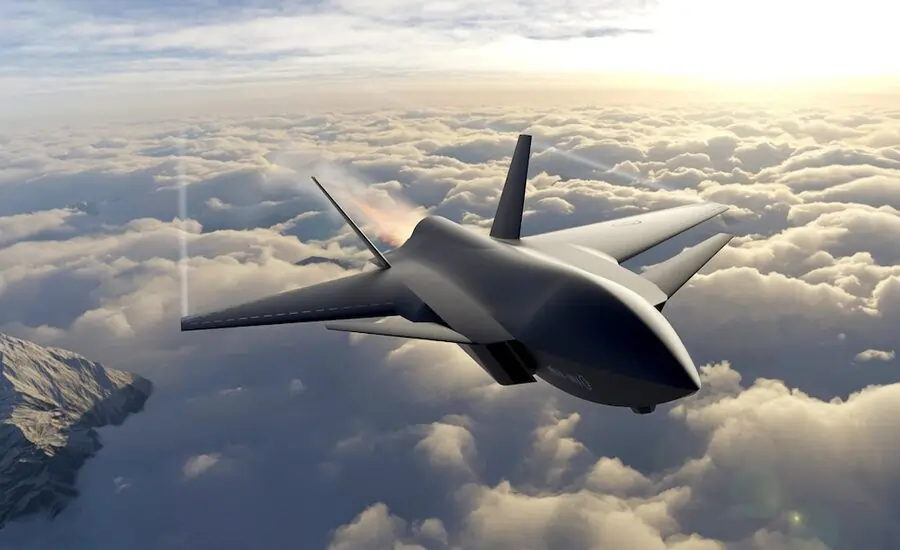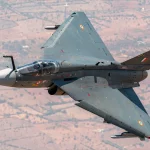The Defence Research and Development Organisation (DRDO) has successfully completed the Preliminary Design Review (PDR) for India’s Futuristic Unmanned Fighter Aircraft (FUFA), marking a critical milestone in the development of this next-generation autonomous combat platform.
The PDR completion indicates that the aircraft’s basic design and configuration have been finalized and thoroughly evaluated for feasibility, technical soundness, and operational effectiveness. Following this, DRDO has commenced wind tunnel testing of FUFA models, a crucial step to validate the aircraft’s aerodynamic performance, stealth features, and stability under simulated flight conditions. These tests are expected to refine the design and optimize performance before moving to prototype development.
FUFA builds upon technologies developed in DRDO’s earlier unmanned programs, including the Stealth Wing Flying Testbed (SWiFT), which has demonstrated capabilities in stealth, autonomous navigation, and high-speed flight control. The upcoming unmanned fighter is designed to operate alongside manned aircraft, providing India with enhanced battlefield flexibility and operational reach.
The aircraft aims to combine high stealth, supersonic speeds, advanced avionics, and integrated weapon systems, positioning it as a sixth-generation unmanned combat platform. FUFA’s development reflects India’s commitment to advancing indigenous aerospace technologies, including stealth design, propulsion systems, autonomous flight, and weapons integration.
Once prototype testing and flight trials are completed, FUFA is expected to provide a significant boost to India’s air combat capabilities, enhancing the operational effectiveness of the Indian Air Force and aligning with global trends in next-generation unmanned fighter development.













